
Social Media Algorithms Explained: What Changed in 2025?
In 2025, social media platforms will have become smarter, more personalized, and more competitive than ever. Every like, comment, and second spent scrolling tells the algorithm something about your behavior — and brands must adapt fast to stay visible.
At Webquick India, we’ve seen how these rapid algorithmic changes have reshaped the landscape of social media management and forced marketers to rethink their approach to engagement, content quality, and authenticity. Let’s dive deep into what changed in 2025 and how you can stay ahead of the curve.
1. The Shift Toward Authentic Engagement
The year is 2025, and the focus of social media algorithms has changed from vanity metrics such as likes and shares to real interactions. Among these platforms, the biggest ones, Instagram, Facebook, and LinkedIn, have decided to take the side of truthful interactions, and the respective metrics many times refer to the engagement of the audience.
This situation has implications for the brands that are following the current top social media marketing strategies, and they will have to give more attention to community building instead of pure promotion. Posts that create discussions, pose questions, or invite real answers are now getting more reach and visibility.
Tip: Create content that narrates a story, solves a problem, or touches the viewer's emotions — the algorithm has now placed authenticity as its top priority.
2. Video Content Takes the Lead
Short-form videos continue to dominate in 2025, but the difference now lies in contextual personalization. Algorithms on platforms like Instagram Reels, YouTube Shorts, and TikTok now use AI-driven predictions to serve hyper-relevant videos to each user.
In contrast to the period of 2023–2024, which was significantly influenced by hashtags and trends, the year 2025 sees the time watched and the number of times a video is replayed being the most important factors. If your video manages to keep the audience for a longer time, the algorithm will reward you with a larger reach.
For companies, this implies producing not only trendy but also educational, entertaining, and value-based videos. Brands that have begun to use video as part of their social media strategy are already encountering bigger interaction and sales.
3. AI-Driven Content Distribution
One of the most noticeable changes in 2025 is the AI-driven distribution system that powers most major platforms. Social media algorithms are now capable of analyzing user intent, tone, and interaction behavior in real time.
For example, LinkedIn now promotes posts that align with professional interest clusters, while X (formerly Twitter) boosts posts that generate positive sentiment. Meta platforms, meanwhile, use predictive AI to determine which posts will keep users active longer.
This makes strategic planning more important than ever. Companies like Webquick India are focusing on data-based social media management — using AI insights to post at optimal times, select effective formats, and target niche audiences.
4. Rise of Niche Communities and Micro-Targeting
The time when marketing was done to all is past. By 2025, social media algorithms will promote engagement that is specific to the niches. It does not matter if they are the planet-friendly consumers, the tech-geeks, or the founders of startups — the sites are promoting their users to connect within smaller, topic-centered groups.
For the advertisers, it implies that the material needs to be extremely significant to a certain audience group. The posts that address the specific interests of the community get more interaction and ranking.
The companies that are applying the most effective social media marketing strategies are changing their focus from the one-size-fits-all method to creating sub-campaigns for each audience type.
5. Algorithm Transparency and User Control
A major update in 2025 across several platforms is the “User Preference Control” feature — allowing users to influence their feed algorithms directly. People can now choose to see more posts from specific creators, mute repetitive content types, or prioritize educational material.
This shift means that brand loyalty and follower engagement matter more than ever. Even if your reach is limited by default, consistent interaction with followers ensures your posts appear more often on their personalized feeds.
At Webquick India, we guide brands to nurture their audience through strategic social media management, ensuring their message consistently reaches their most loyal followers despite algorithm changes.
6. The Return of Long-Form Content
In an intriguing development, 2025 has additionally witnessed the resurgence of long-form content on such platforms as LinkedIn, YouTube, and Threads. The algorithm today favors educational, meticulously crafted content that draws users in for longer periods of reading or watching.
This trend benefits all creators and companies who invest in quality storytelling instead of just short content. A comprehensive LinkedIn article or a YouTube video with a lot of value can outdo several short posts if it attracts the audience's attention.
7. Paid + Organic: The Hybrid Growth Formula
Organic reach has declined slightly due to increasing competition, but the good news is that paid and organic strategies now complement each other better than before.
In 2025, social platforms are optimizing ad delivery using engagement data from organic performance. So, when a brand runs paid promotions for posts that already performed well organically, the algorithm amplifies them even further.
Agencies like Webquick India combine top social media marketing with data-backed ad campaigns, ensuring clients gain consistent visibility and measurable ROI.
Conclusion: Adaptability is the New Strategy
The 2025 social media algorithm is smarter, more human-centric, and deeply data-driven. It rewards brands that focus on genuine interaction, high-quality storytelling, and audience value — not just frequency or volume of posting.
To thrive, businesses must evolve their social media management strategies to align with these algorithmic priorities. Whether it’s crafting authentic content, analyzing engagement data, or leveraging AI for personalization, adaptability is the true secret to success in 2025.
At Webquick India, we specialize in helping brands navigate these algorithm changes with tailored strategies that ensure growth, visibility, and engagement — no matter how the platforms evolve.
Frequently Asked Questions (FAQs)
1. What is a social media algorithm?
A social media algorithm is basically a system of automatic rules that determines the items, such as posts, videos, and ads, that will be displayed to a particular user. By 2025, these algorithms were powered mainly by AI and user activity observations in order to select the content that was most relevant and engaging to each user.
2. What is the transformation of social media algorithms in 2025?
In 2025, algorithms shifted to the areas of real engagement, video content, and personal user experiences. Social media platforms now put their emphasis on interaction of a higher quality, like commenting and saving, as the very minimum standard, while liking and viewing are considered as the lowest standard.
3. How can businesses adapt to these algorithm changes?
Businesses should focus on creating valuable, interactive, and audience-specific content. Partnering with experts like Webquick India can help brands develop data-driven social media management strategies to stay visible and competitive in 2025.
4. Does posting more frequently help with algorithm visibility?
Not really. A good quality content will be looked upon favorably; however, the algorithm will reward the posting of lesser yet consistent, relevant, and engaging content, provided the audience interacts with the posts in a meaningful way.
5. What social media platforms will be the most affected by the changes in algorithms in 2025?
The most important platforms, like Instagram, LinkedIn, YouTube, TikTok, and Facebook, have all made major algorithm changes. In this regard, each one now utilizes AI for personalizing consumer feeds; thus, brands that practice the best social media marketing must adapt their content according to each platform.


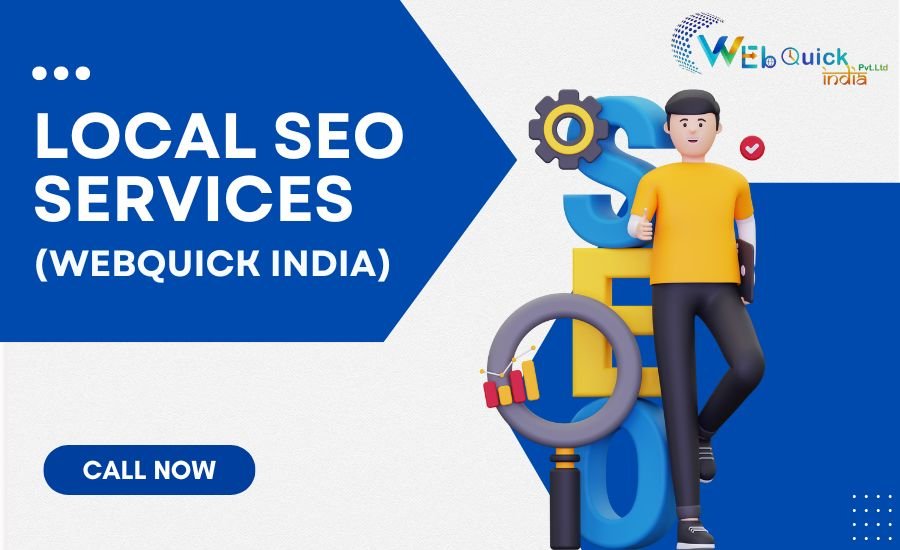
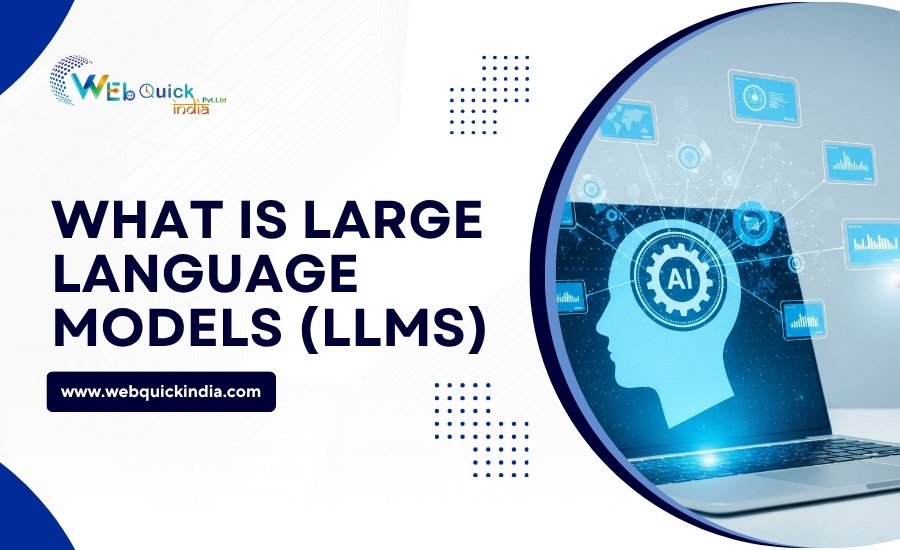
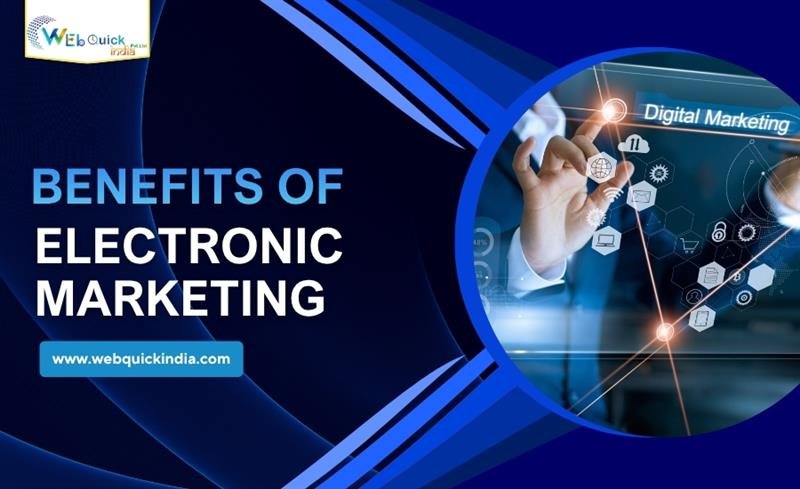
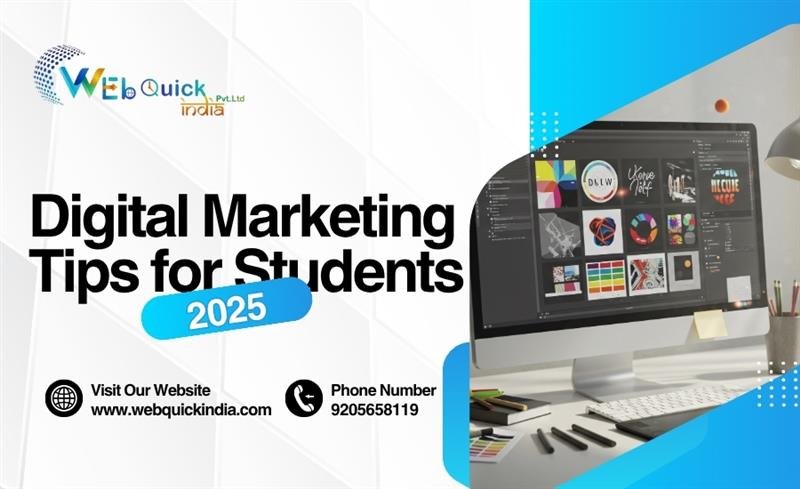
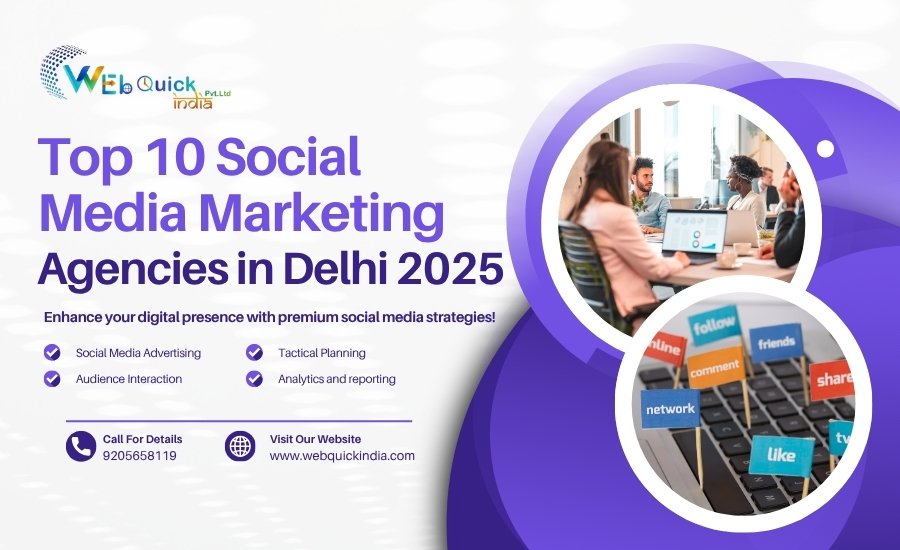
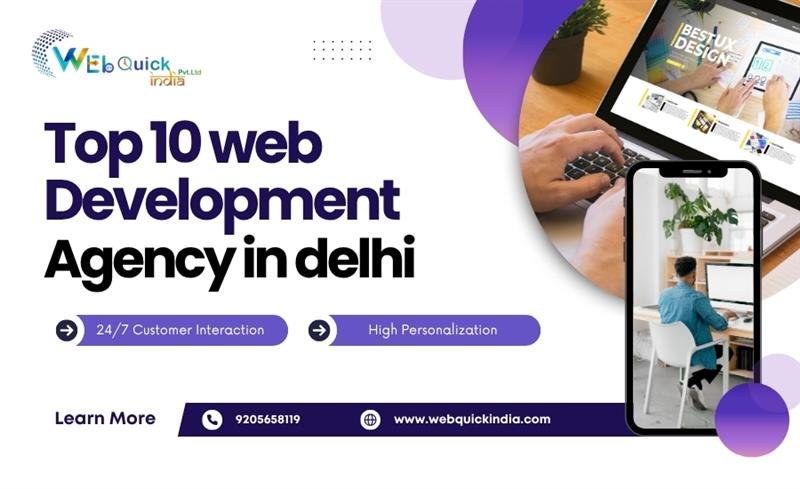
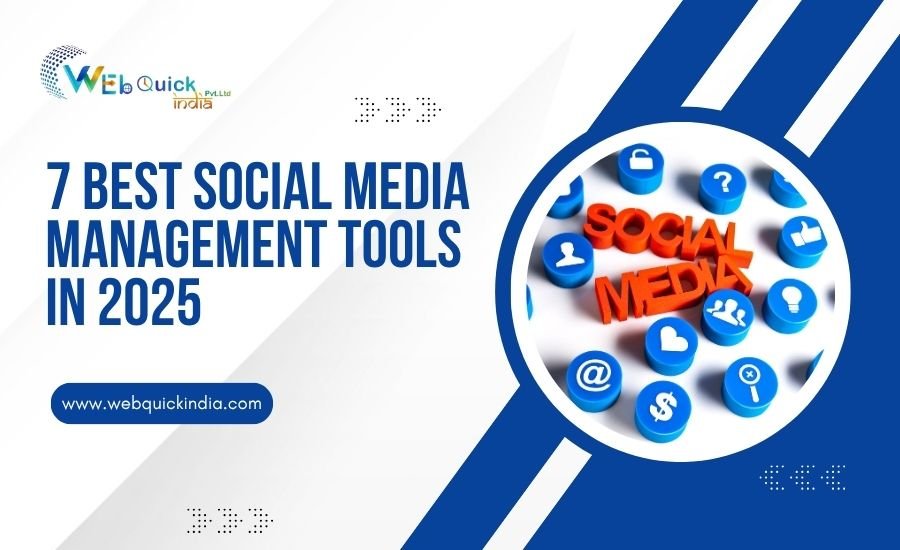
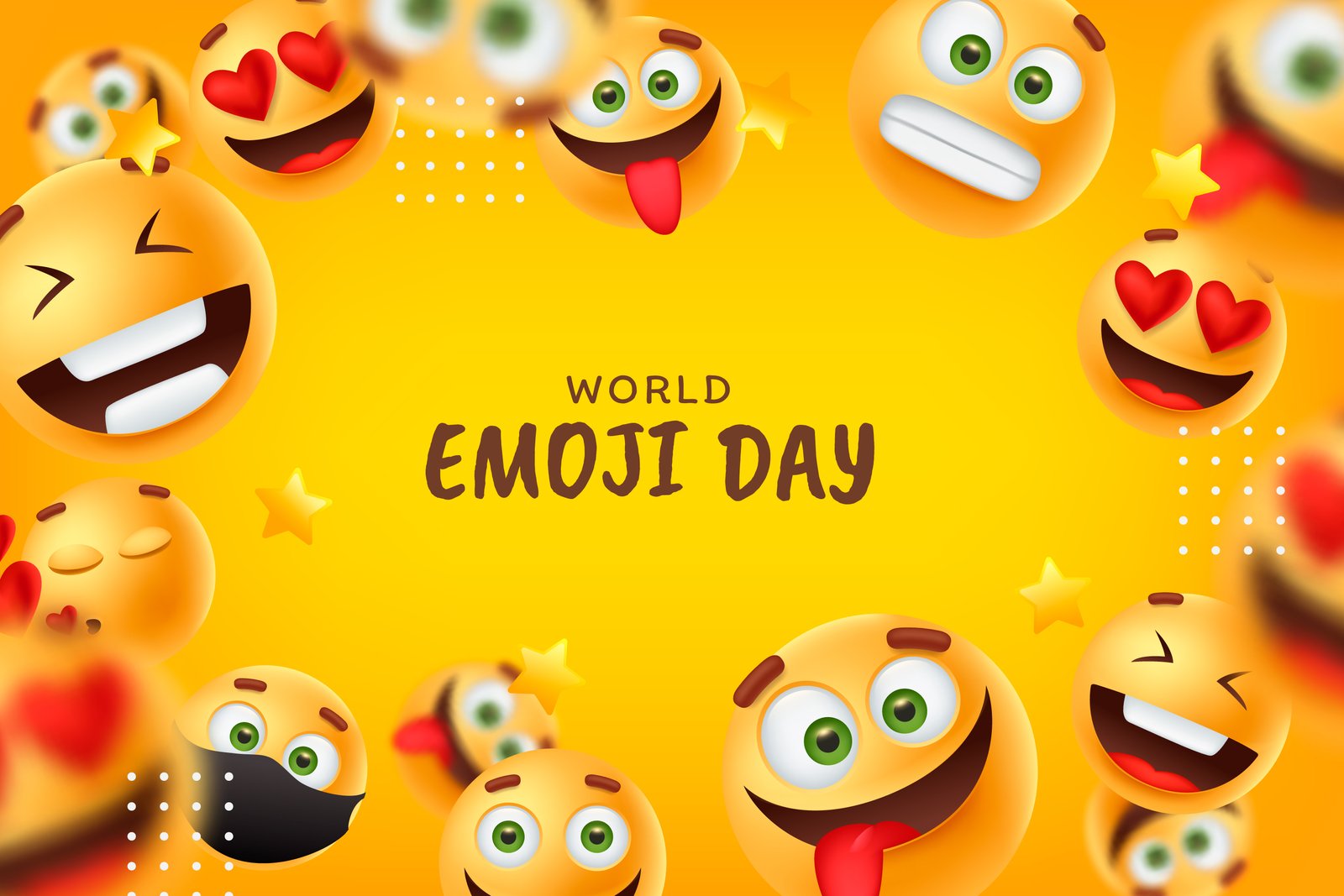


 How It works
How It works



